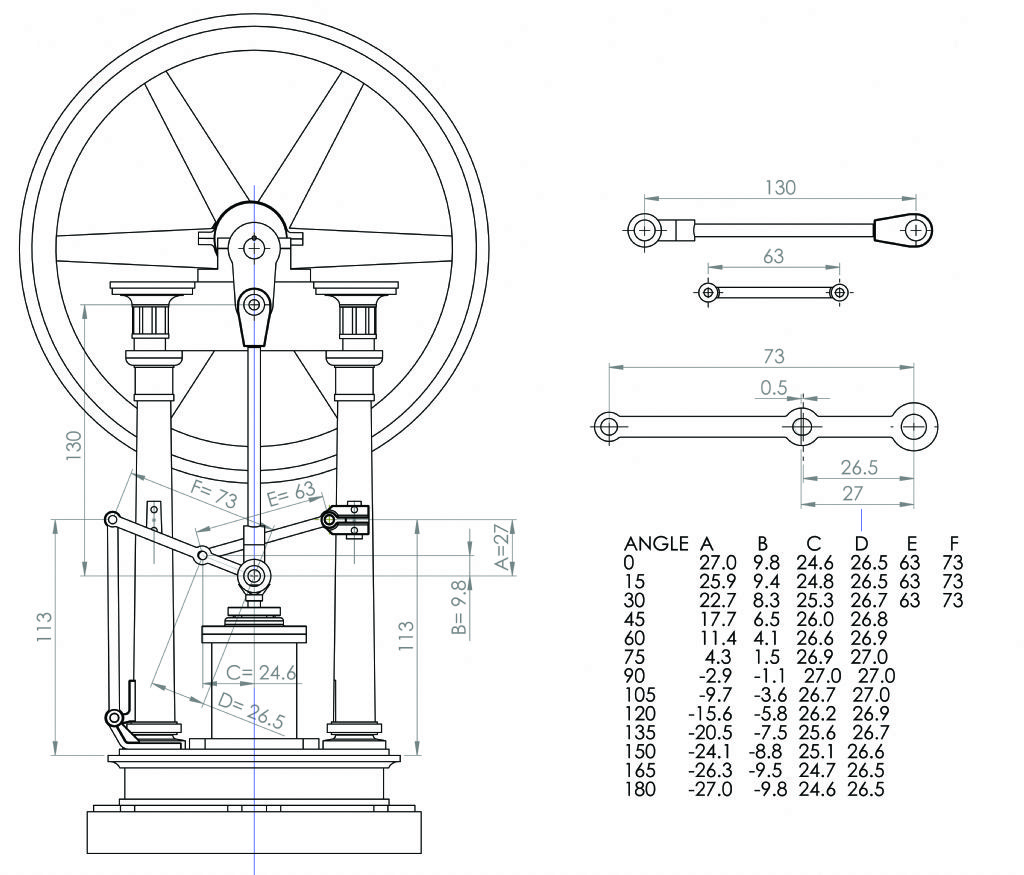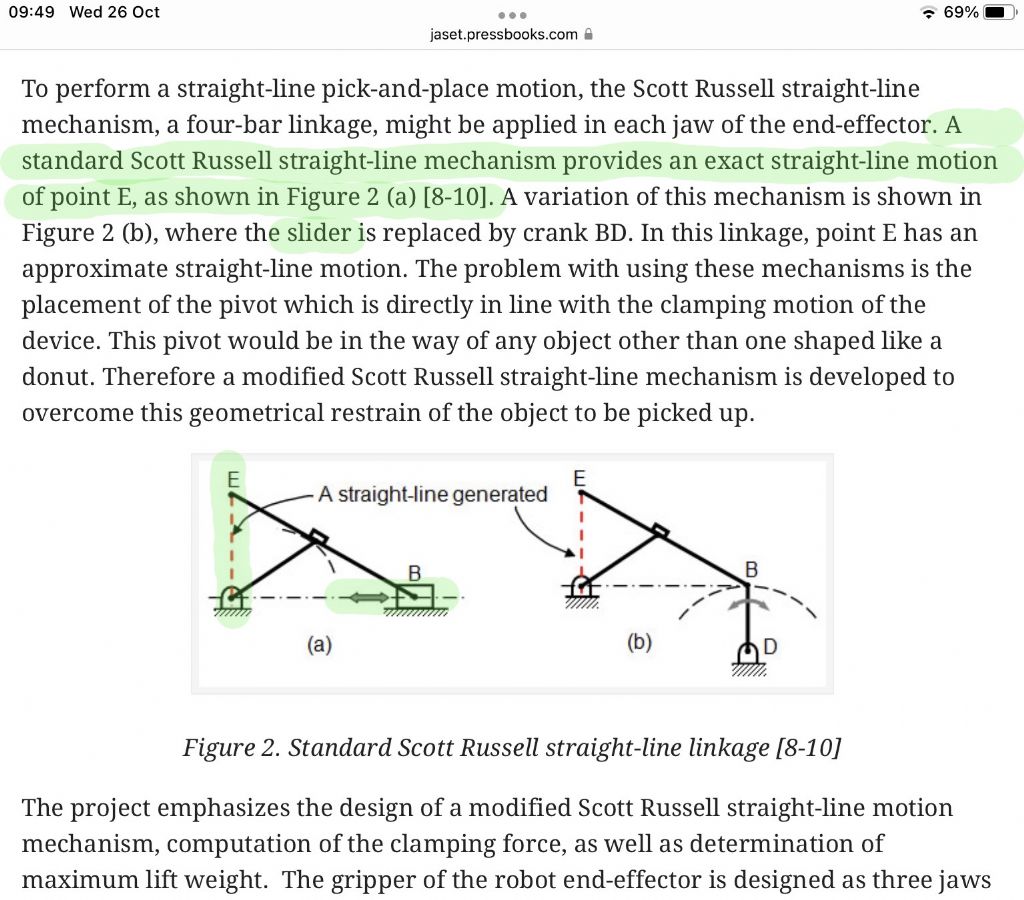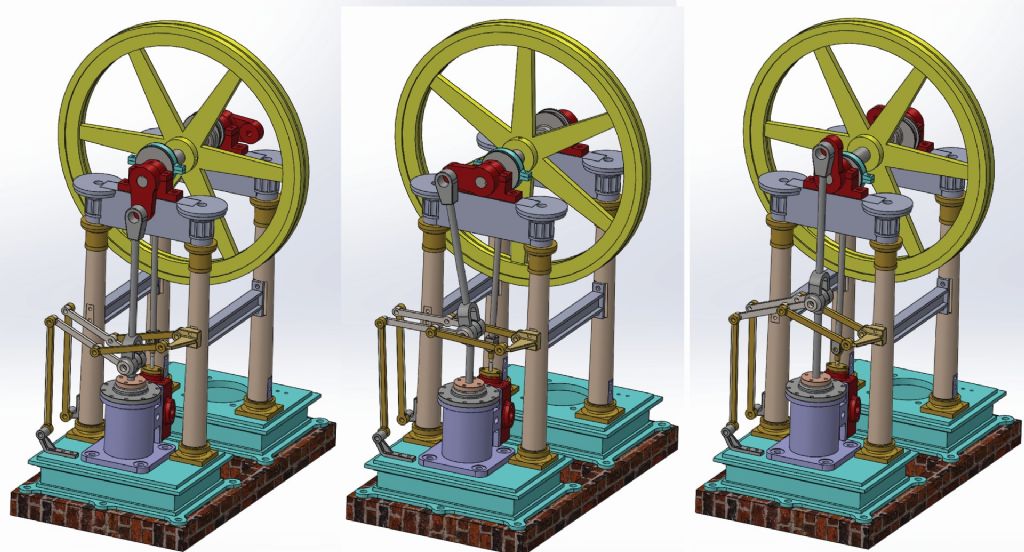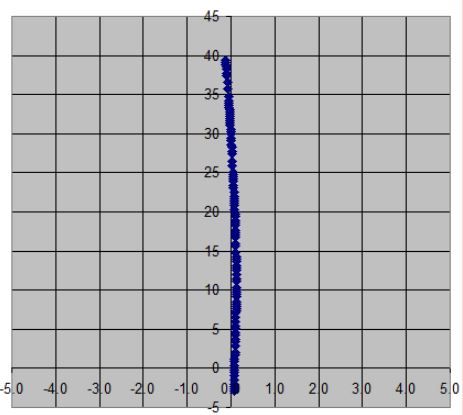Muncaster 2 Cylinder Engine
Muncaster 2 Cylinder Engine
- This topic has 46 replies, 5 voices, and was last updated 28 October 2022 at 09:38 by
Hopper.
- Please log in to reply to this topic. Registering is free and easy using the links on the menu at the top of this page.
Latest Replies
Viewing 25 topics - 1 through 25 (of 25 total)
-
- Topic
- Voices
- Last Post
Viewing 25 topics - 1 through 25 (of 25 total)
Latest Issue
Newsletter Sign-up
Latest Replies
- Bridgeport ways and wear
- Starrett and other tool manufacturer wood boxes
- Twin Engineering’s heavy mill/drill quill removal
- Herbert B drill – a question and a curiosity…
- New member
- Pragotron Slave Clock
- M type top slide conversion??
- Boiler Design – issue 4765
- Colchester Chipmaster Clutch question
- Sanjay’s Banjo Engine









